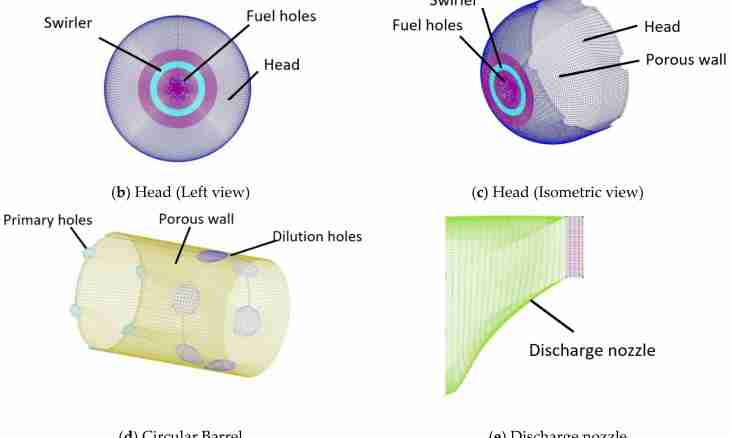Dynamics of liquids is an important part of classical physics. It is applied in aerospace, agricultural, sea and other industries. Owing to the fact that properties of liquid strongly depend on many parameters there are several main types of a current. Laminar and turbulent streams represent two main types of the movement of liquids.
What is a laminar stream?
When particles of liquid move, without crossing each other trajectory, and the vector of speed becomes a tangent to a trajectory, such stream is called directed. At its emergence the liquid layers, as a rule, slide relatively each other. Such stream is known as a laminar stream. An important condition of its existence is rather small average speed of the movement of particles.
In a laminar stream, the layer which adjoins to a motionless surface has zero speed. In the direction perpendicular to a surface, the speed of layers gradually increases. Besides, pressure, density and other dynamic properties of liquid remain invariable in each point of space in a stream.
Reynolds number is a quantitative index of nature of a current of liquid. When it small is (less than 1000) – the stream is laminar. In this case interaction happens by means of inertia force. At values from 1000 to 2000 stream neither turbulent, nor laminar. In other words, there is a transition from one type of the movement to another. Reynolds number is dimensionless size.
What is the turbulent flow?
When properties of liquid in a stream quickly change over time, it is called turbulent. Speed, pressure, density and other indicators, at the same time, accept absolutely accidental values. The liquid moving in a uniform cylindrical pipe of the final length also known as Poiseuille will be turbulent when Reynolds number reaches critical value (about 2000). Nevertheless, the stream cannot be turbulent in an explicit form when Reynolds number more than 10000. The turbulent stream is characterized by the accidental nature of characteristics, diffusion and turbulences. The experiment will be the only method of their study.
In what a difference between laminar and turbulent streams?
- In a laminar stream the current happens at small speeds to low Reynolds number, and turbulent it becomes at high speeds and large numbers of Reynolds. • In a laminar stream the parameters of liquid are predicted and practically do not change. In this case there are no violations of the movement of layers and their hashing. In a turbulent stream, the picture of a current is chaotic. There are turbulences, whirlpools, and cross currents. • In a laminar stream, properties of liquid in any point of space remain invariable eventually. In case of a turbulent stream they are stochastic.

